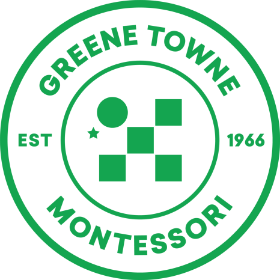PRIMARY ADM: A Highlight on Sensorial Learning
This month we would like to focus on the sensorial curriculum area. We will go over what sensorial learning is, how it helps children learn, how the work is used in the classroom, and how sensorial education is a building block for children to become more connected with the world around them! “If one sense […]

This month we would like to focus on the sensorial curriculum area. We will go over what sensorial learning is, how it helps children learn, how the work is used in the classroom, and how sensorial education is a building block for children to become more connected with the world around them!
“If one sense is isolated, it seems to be enhanced in its power of perception. The possibility of perception is more profound. It is the concentration of the conscious mind upon that sense. ” Maria Montessori The 1946 London Lectures, p. 80
What is Sensorial Learning?
Sensorial learning is a curriculum area that is unique to Montessori education. The sensorial materials in the classroom touch on each of the five senses: Visual (sight), tactile (touch), Auditory (hearing), Olfactory (smell), and Gustory (taste). In addition to those senses, there are also materials that focus on other senses that are important to development such as Thermic (differentiating temperature), Baric (differentiating weight), Muscular (feeling one’s movement and posture), and Stereognostic (combining tactile sense and muscular sensory input). The sensorial materials take abstract concepts such as texture, form, dimension, color, sound, and scent and present them in a concrete manner through the objects. By isolating one sensory quality in a material the child is able to focus and explore that single aspect further. Through the structure of the materials, they are able to gain new vocabulary, embody the material, and deepen their understanding of their senses. The children are able to learn and refine their senses through the repeated manipulation of the sensorial materials. By refining their senses, the children are able to make sense of their surroundings and have more meaningful interactions with their environment.
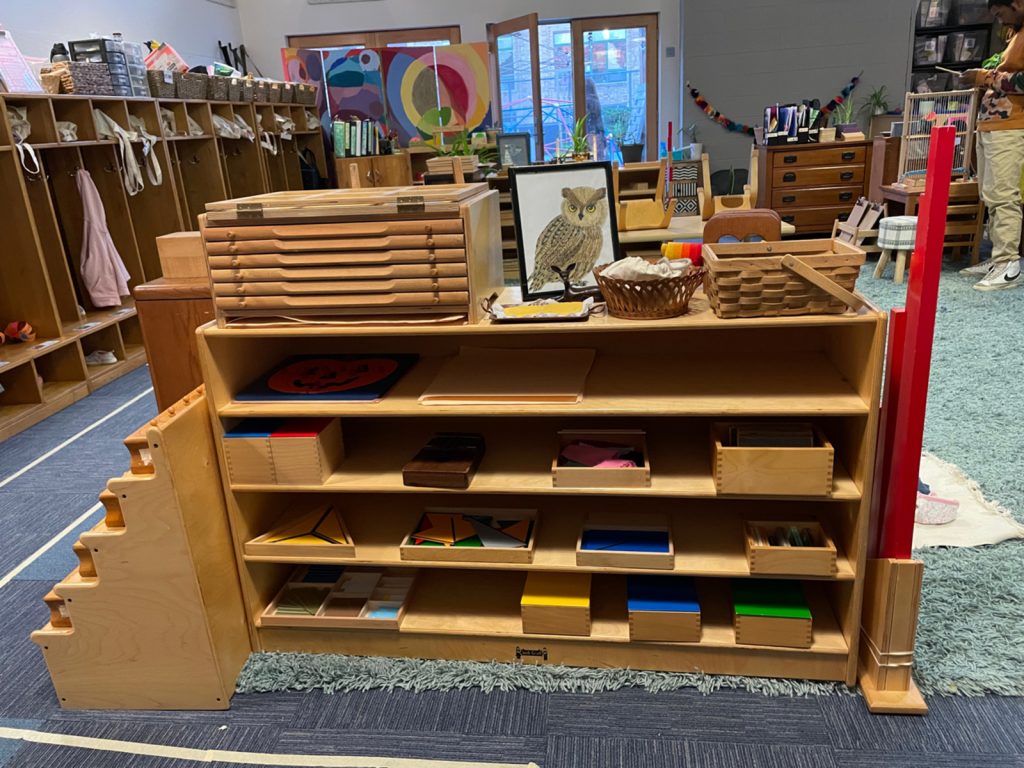

About Sensorial Materials
Sensorial materials are some of the most recognizable materials in the Montessori curriculum and were the first materials created by Maria Montessori. Before children were expected to learn mathematics and language they learn to hone their senses. Sensorial materials are designed to be extremely attractive and inviting for children to work with. The material isolates individual properties and primarily focuses on pairing and grading. Every aspect of the material will often be the same, aside from one. For example, the Montessori Color Tablets are all the same size, weight, and texture as one another. The only thing about them that is different is their color. This allows children to focus solely on identifying different colors. As well as practicing visual discrimination, the materials are used to help children practice and refine their gross and fine motor skills and develop concentration. The Red Rods allow children to practice gross motor skills by carrying small to large rods safely through the classroom, and arranging them on their work mat. This requires a lot of body control! Materials, such as the Knobbed Cylinders, allow children to practice their fine motor skills, including a pincer grasp which is a prerequisite skill for writing.

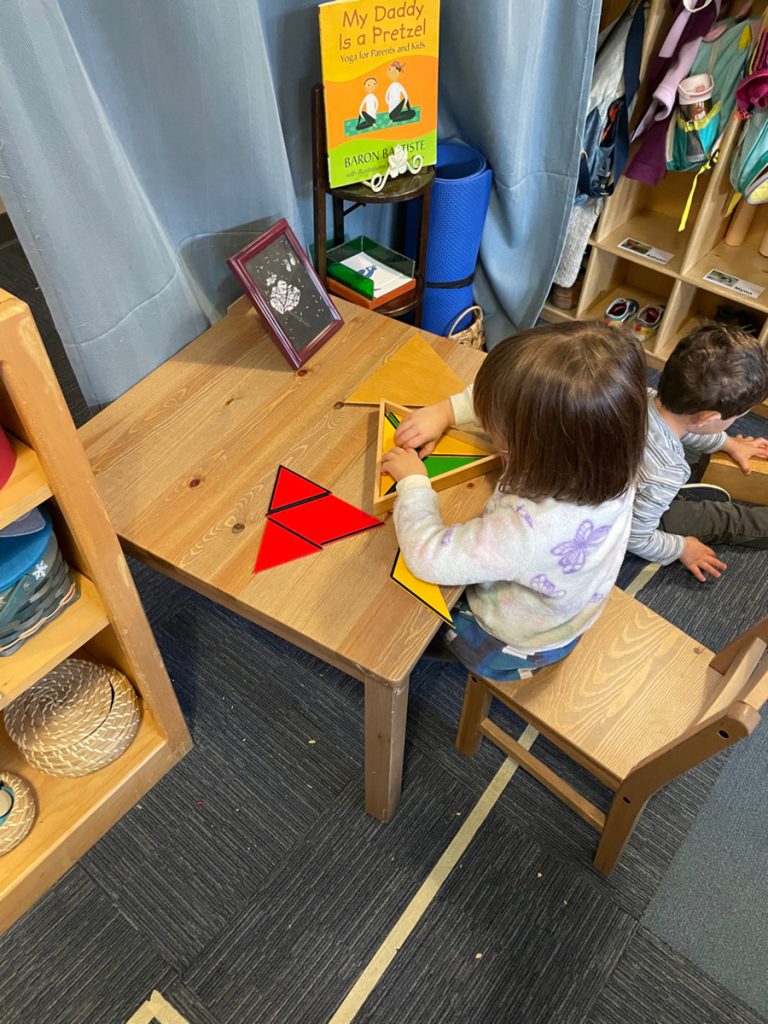
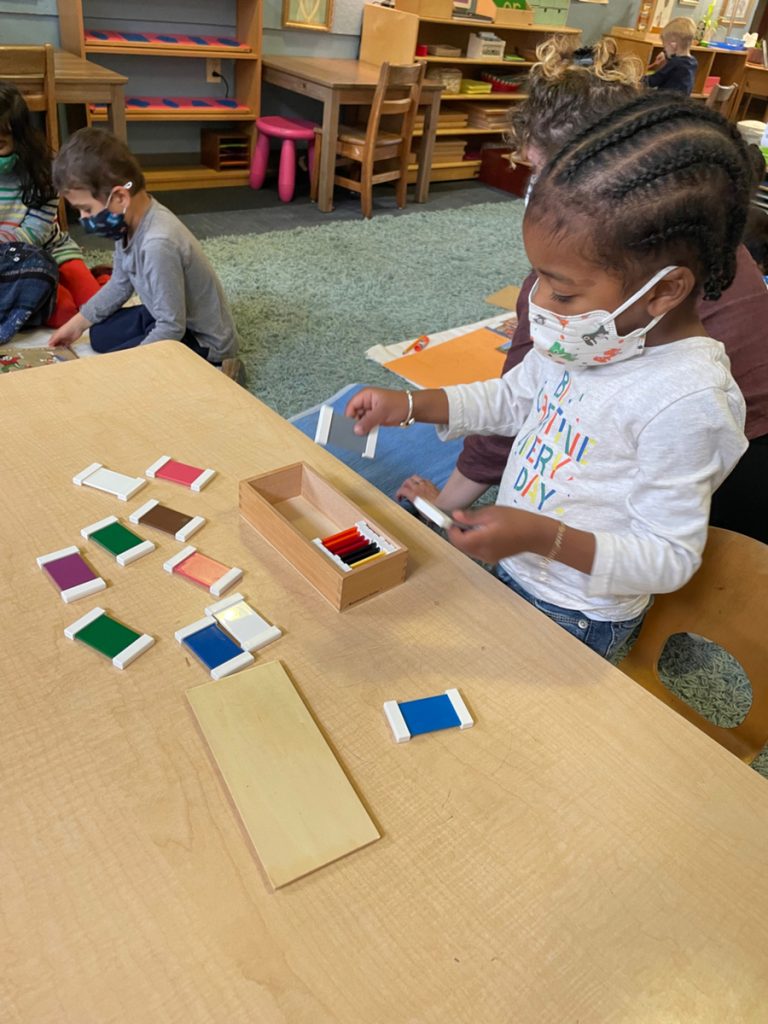
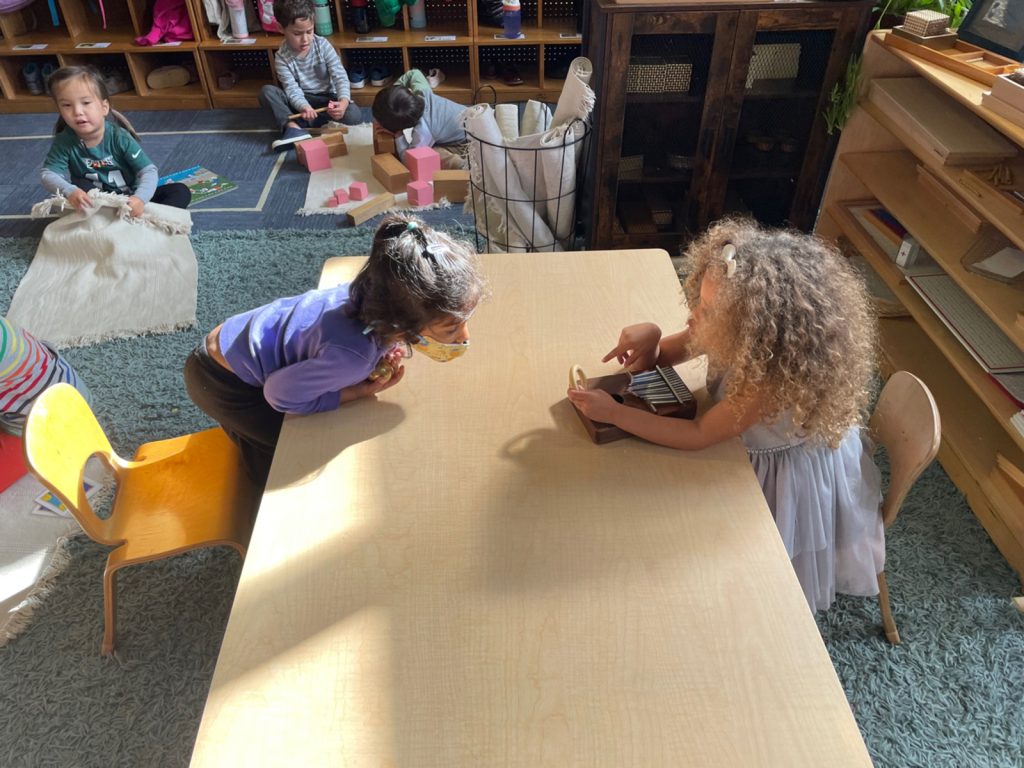
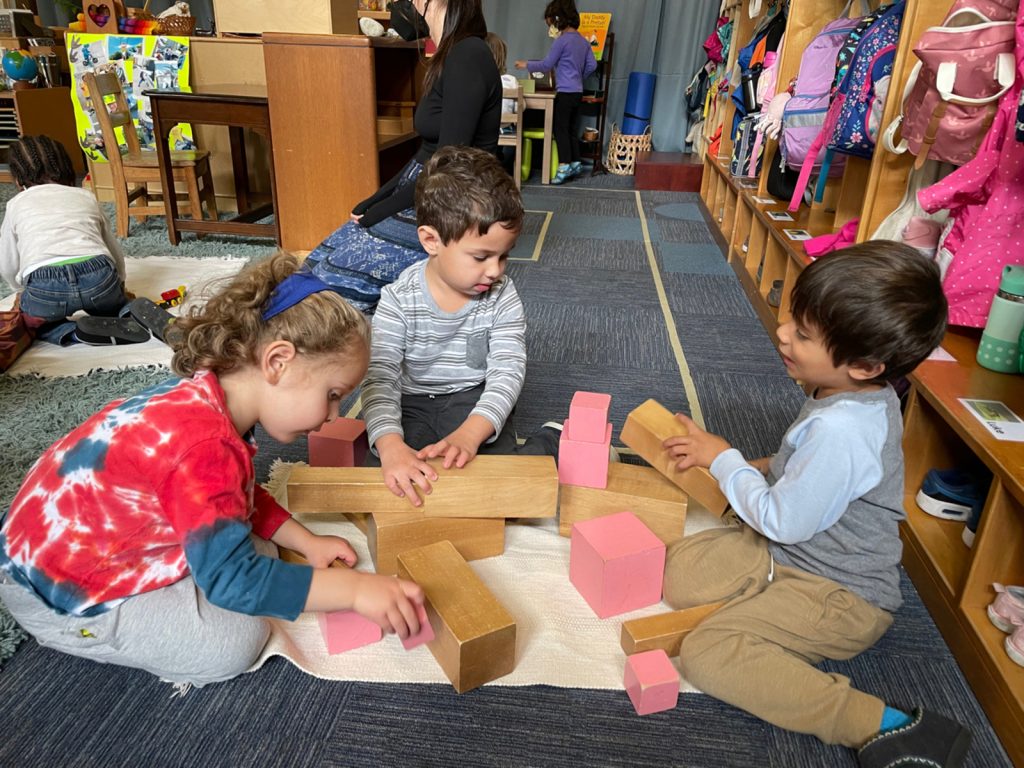

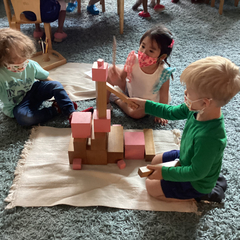
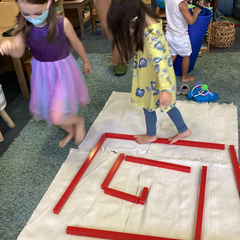
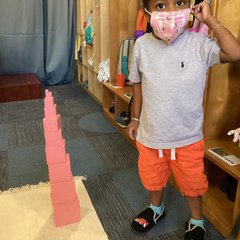
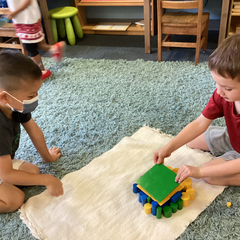
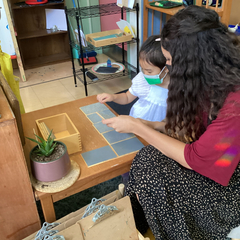

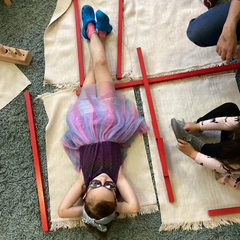
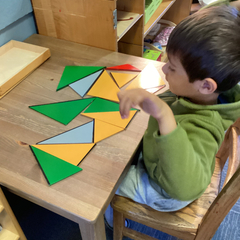
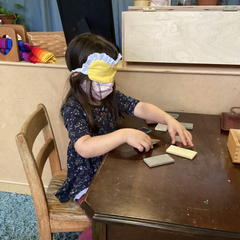
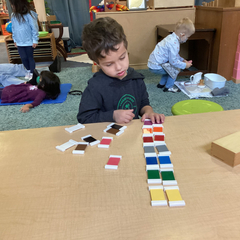
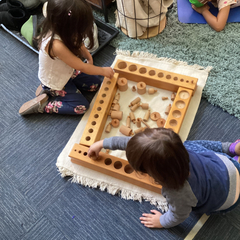
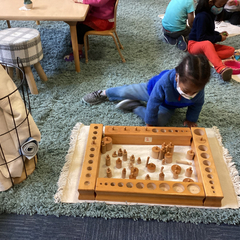
Interacting With the World!
Sensorial learning often helps children feel more connected with the world. Our senses grow and develop through our entire lives; however at a young age they are crucial to learning new information. From birth-age three, if you introduce a new object to a child they will want to explore it through all of their senses, they will shake it to see if it makes noise, feel it with their fingers, and often put it in their mouth! This is how children explore the different qualities of something new to them. As the children continue to grow, their curiosity and desire to learn through their senses persists; in the primary classroom, they are able to explore through the objects in our classroom.
As the children continue to get lessons on sensorial material, they begin to learn how to classify and categorize, which appeals to a child’s sense of order. Sensorial learning is rooted in observation, when first given lessons on sensorial materials, guides often ask what the children notice about the objects they are interacting with. As the child continues to work with the materials, their observations will become increasingly nuanced, they may go from noticing the temperature differences in the Thermic Tablets to describing how they have different weights, texture, and appearances from one another. A child will begin to categorize and classify things outside of the materials as well, describing the things they experience in day to day life more specifically. They may notice one rug in the classroom is fluffy, and others are flat, or the different shades of colors they see in the world. Through the repeated practice of the sensorial materials, children begin to understand their senses, and how they can use them as tools to connect with their environment. By having these meaningful interactions with their senses at a young age, children are able to accelerate the development of their senses, and engage with the world around them in a more precise way. They are given the opportunity to isolate their sense of touch, sight, hearing, smell, and taste through their work which gives children a greater understanding of what is happening around them.

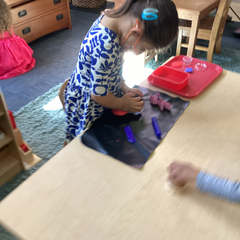
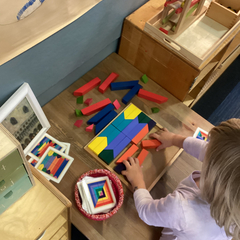
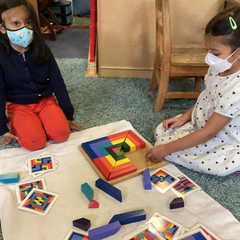
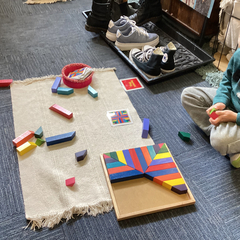
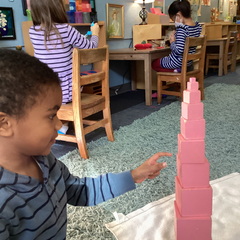

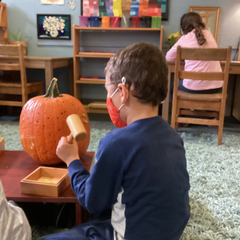
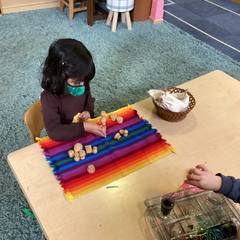
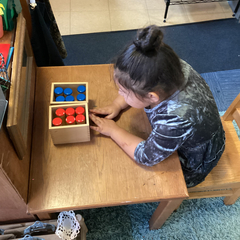
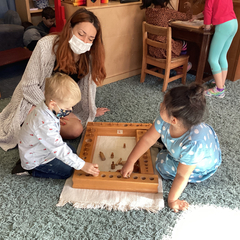

Books we Enjoyed This Month
Each month we will include a selection of some of the books we have been reading at circle or that have been available in the library.
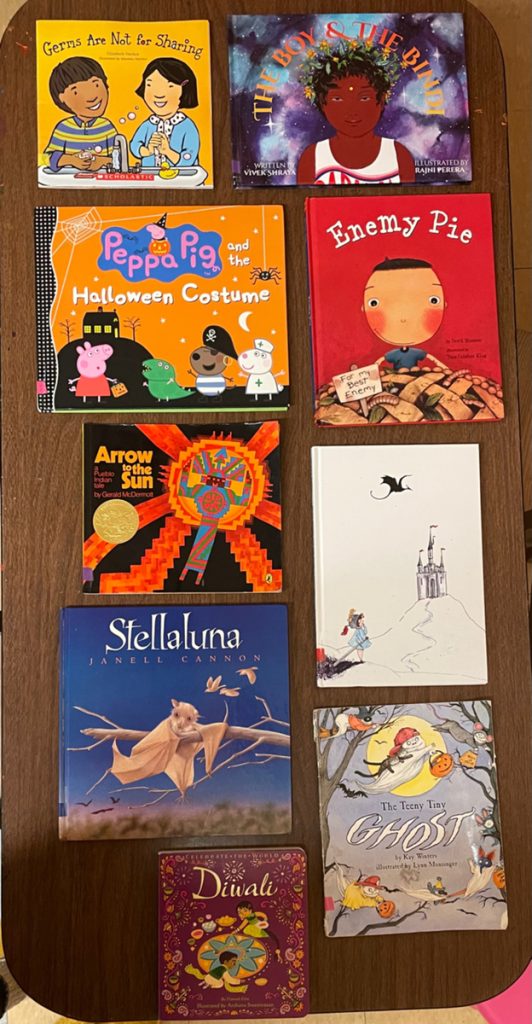
Upcoming Events
- 11/11 and 11/18- Parent Teacher Conferences
- 11/16- Parent Education Workshop: Montessori at Home
- 11/23- EARLY DISMISSAL: All GTMS Dismissed at 11:45. Pajama Day, come dressed cozy!
- 11/24 and 11/25- NO SCHOOL: All GTMS Closed
Please feel free to reach out to us with any questions or concerns!
Best,
Ms. Amanda, Ms. Maggie, Ms. J, Ms. Ally, Ms. Allison, and Ms. Shawn
